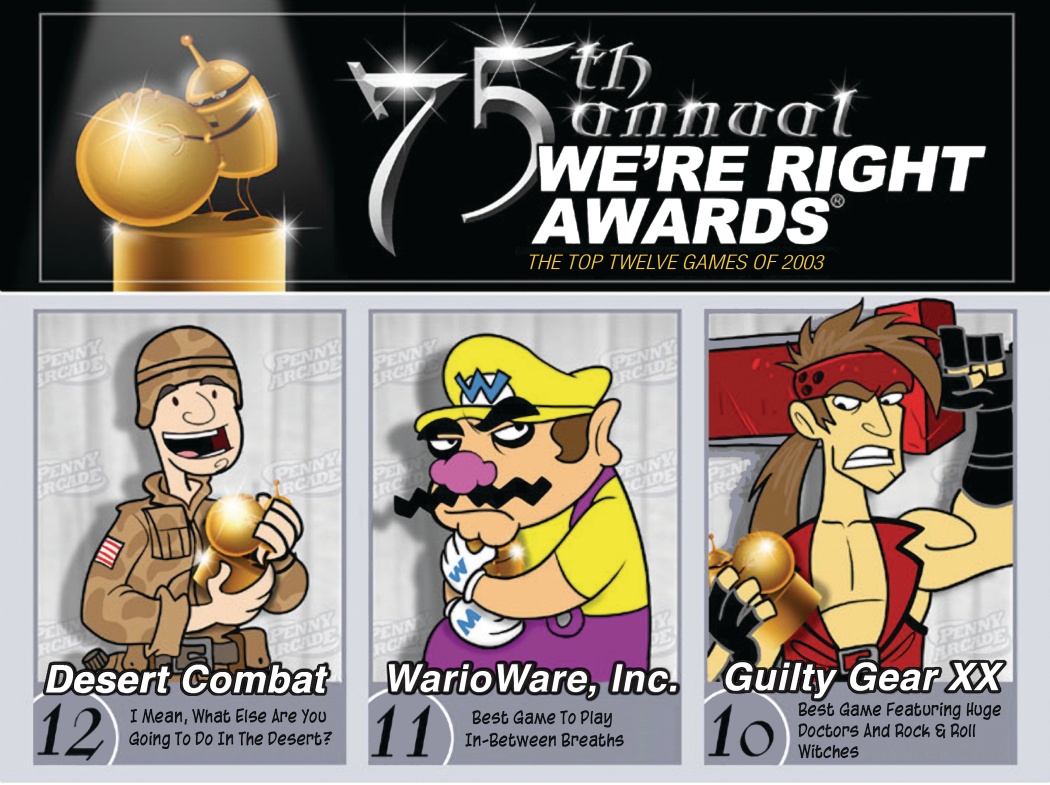The overarching story-line of my D&D game involves my players traveling the world thwarting the machinations of Tiamat's many heads. I treat each head as a sort of self contained "season" with a beginning,middle and end. I also try and make each season different in terms of game play and storytelling.
When it came time to move on to the Green Head I wanted to do something very different. Up until now my game has been on rails. I don't think that's a bad thing, in fact it has allowed me to plan out some really cinematic encounters. I was ready to try something new though and after doing a bunch of research I stumbled on a series of articles by Ben Robbins about a game he ran called West Marches. It was an elaborate sandbox style adventure with some really interesting rules. I ended up deciding to try and do something similar for my players but on a smaller scale.
I started out by thinking about the area they would be adventuring in like a series of WOW zones. I came up with high level concepts for each area, drawing rough borders on a hex based map. Then I enlisted Tycho's help and together we drilled down on each zone. We started working out a cohesive story-line that would permeate the zones, as well as multiple smaller story-lines the players could stumble upon and explore if they wanted. We started populating the zones with what we called "areas of interest", these could be anything from a petrified Treant to a massive underground dungeon. Some of the areas of interest offer RP opportunities,some are skill challenges,some are combat related,some are treasure hordes and some are just interesting things to discover. We also determined what sorts of monsters and NPC's should live in each zone and then built random tables to help us determine how often the players might have contact with these creatures.
The party started out in a safe town on the edge of the wilderness where they discovered a simple map that charted a course into the Wild. It wasn't much but it was a place to start.

I drew this map myself on a large wet erase hex grid. This would serve as the world map that they would navigate on as well as their personal map that they would need to fill out as they traveled.

A little token represented the party on the map and each Hex represented an hour of travel time. Tycho and I also created something we call "Resolve Tokens" as a means of moving around the map. Here are the rules I gave my players to explain how the system worked.
Resolve Tokens
Traveling through the wilderness is no easy task. It requires endurance, intelligence, and resolve. The collective ability of the party to navigate this environment is represented via "Resolve Tokens." Each extended rest will grant the party 10 Resolve Tokens.
Travel in the Estwild
As a general rule it costs 1 Resolve Token to move 1 Hex on the map. This means that the average party can travel 10 Hexes before needing to take an extended rest. Certain factors can effect this, however. Traveling on roads is easier than traveling through woodland. Traveling over a bog will be more difficult than a wide open meadow. These are things to consider when traveling through the Wilderness.
When an extended rest is needed the party must make camp. An extended rest will confer all the normal effects including the return of surges, hit points, daily powers and encounters. It will also give you 10 Resolve Tokens. These Tokens do not stack. The extended rest must be at least 6 hours long.
Other uses for Tokens
Resolve tokens are a currency designed to represent the parties physical and mental state. There are many ways to spend and possibly even regain these tokens while traveling in the Estwild.
-If you encounter a monster that you'd rather not fight and the creature has seen you. A token might be spent to flee the scene.
-You might spend one for each person in the party to regain an encounter power
-Perhaps you can use one to gain an additional action point.
-Making an important discovery might energize the party granting you a Token.
-You might find artifacts or learn spells that can replenish your tokens as well.
This system ended up working extremely well in my opinion. It added another layer of strategy to the exploration that they are really seemed to enjoy.

To go along with the open world I cooked up a simple random loot generator. I created a random iPhoto slide show and each time they killed a mob I advanced the slide and let them see what they got. Sometimes it was junk and sometimes it was a cool piece of loot.

During their first game on Monday they spent some time in town picking up quests and getting info on the wilderness. Then they set off following the rough map they had. They ended up getting attacked by a couple of Owlbears and then finding some Draconian tracks and following them to a camp site and another fight. Mixed in through all that though there was a lot of discussion about what direction the party should go and some awesome RP. The open world really made them act like a party and talk with each other much more than the normal railed games I run.

I think that both styles of game are great and honestly I don't think my players could have jumped right into this style of play. If you want to follow their game or ask about a player's perspective on these ideas, you can hit up PADnD on Twitter. If you have any questions for me, drop me a line and I'll try and answer them in another post.
-Gabe out
